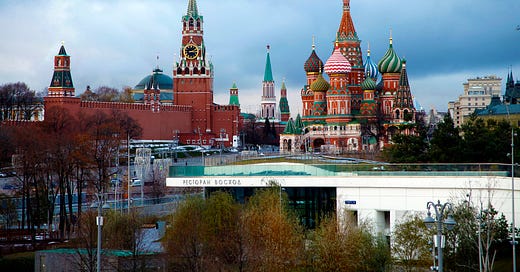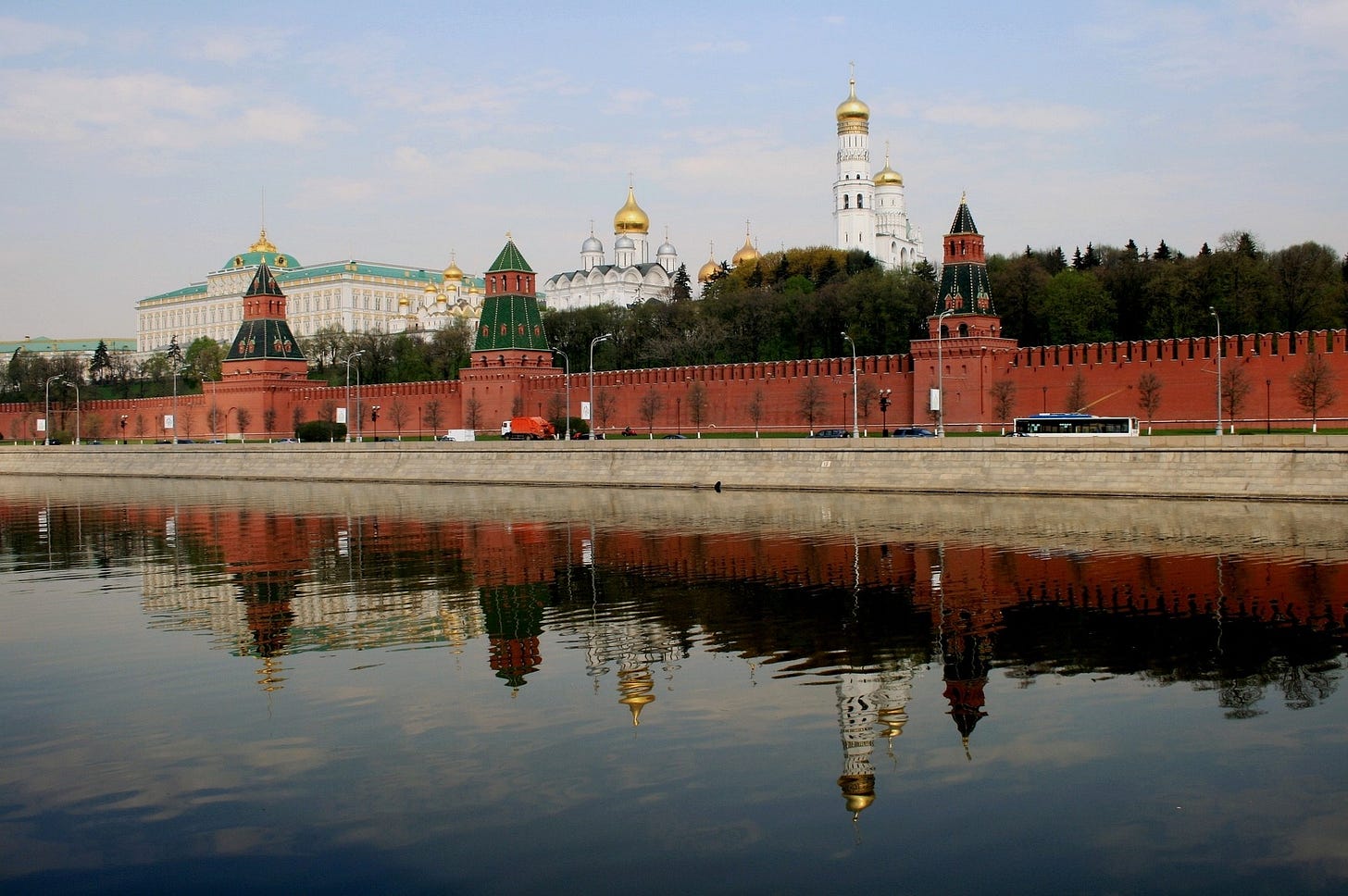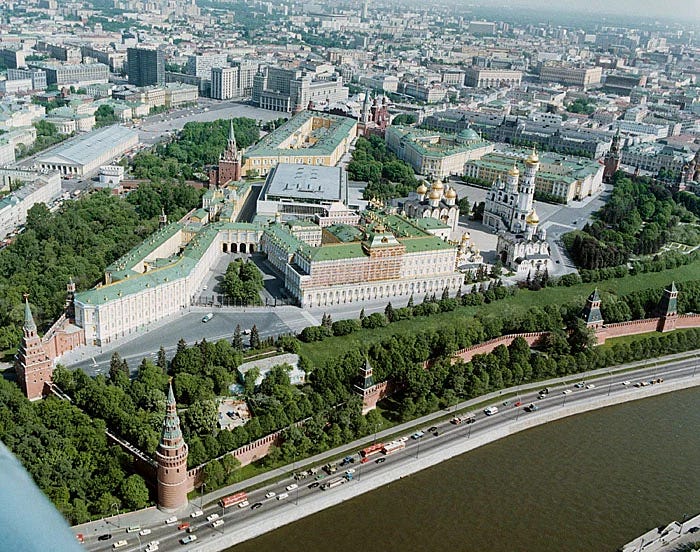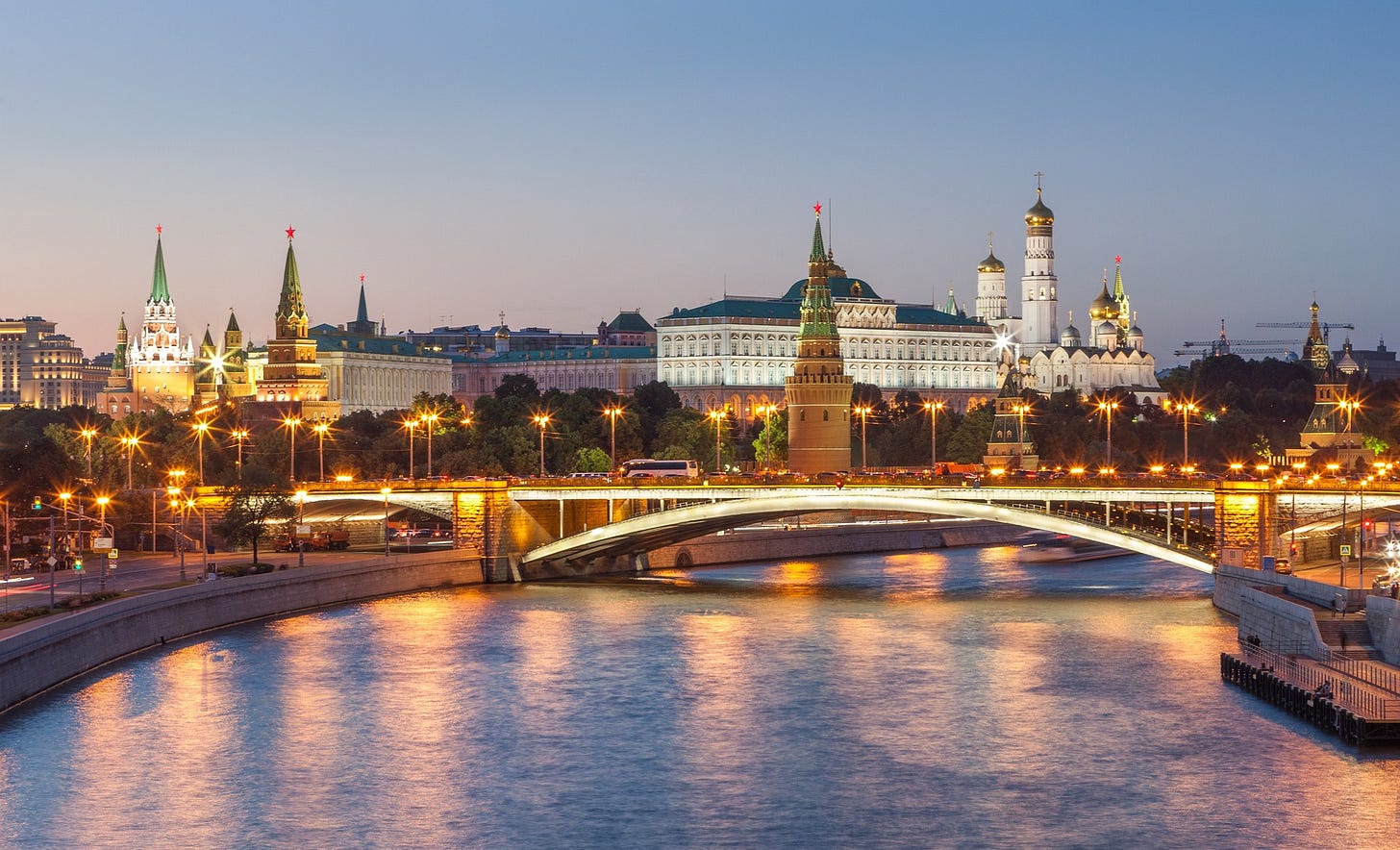The Kremlin: From Ancient Fortress to Modern-Day Historical Landmark
Exploring the Architectural and Historical Significance of the Kremlin
The Kremlin, a significant symbol of Russian history, stands at the heart of Moscow. This grand complex, whose origins trace back to the 12th century, has witnessed the rise and fall of tsars, emperors, and political revolutions, playing a pivotal role in shaping the nation's destiny.
A Historical Overview
The word "Kremlin" means "fortress inside a city," and it’s an apt description for this vast structure, surrounded by imposing walls and towers. The Kremlin’s architectural evolution reflects the tumultuous and diverse history of Russia. Initially constructed as a wooden fort in 1156, the Kremlin was later rebuilt in stone, with the iconic red brick walls and towers that define its current appearance added in the late 15th century.
Architectural Marvels Within the Kremlin
The Kremlin is not just a single building but a complex of palaces, cathedrals, and government buildings. Among the most notable structures are the Grand Kremlin Palace, the Cathedral of the Annunciation, and the Ivan the Great Bell Tower. The interiors of these buildings are adorned with intricate frescoes, gold-leaf decorations, and stunning iconostasis that tell the story of Russia’s deep religious and cultural roots.
Bird’s-Eye View of the Kremlin
Features of the Kremlin
Fortified Walls and Towers: The Kremlin is encircled by 2.2 kilometers of towering red-brick walls punctuated by 20 towers, each with its own unique design and history.
Palaces: The Grand Kremlin Palace and the State Kremlin Palace are highlights of the complex. The former, with its vast halls and ornate rooms, serves as the official residence of the President of Russia. The latter is a Soviet-era structure used for state ceremonies and official events.
Cathedrals: The complex is home to several cathedrals, including the Cathedral of the Assumption and the Cathedral of the Annunciation, which are prime examples of Russian religious architecture, with their golden domes and ancient icons.
Ivan the Great Bell Tower: This towering structure is one of the tallest buildings in the Kremlin and offers panoramic views of Moscow.
Museums: The Kremlin houses several museums, including the Armoury Chamber, where visitors can view a vast collection of Russian treasures, from Fabergé eggs to the coronation regalia of the Russian tsars.
Significance of the Kremlin
The Kremlin stands as a symbol of Russian history and identity. As the seat of power for rulers from tsars to modern-day presidents, it symbolizes the enduring strength of the Russian state. Architecturally, the Kremlin has influenced the design of fortresses and government buildings across Russia, blending medieval, Byzantine, and Renaissance styles.
Culturally, it preserves Russia’s artistic and religious traditions through its cathedrals, palaces, and museums, housing iconic artifacts that reflect the nation’s rich heritage. On the global stage, the Kremlin remains a symbol of Russia’s influence, representing its historical significance and ongoing role in world affairs.








